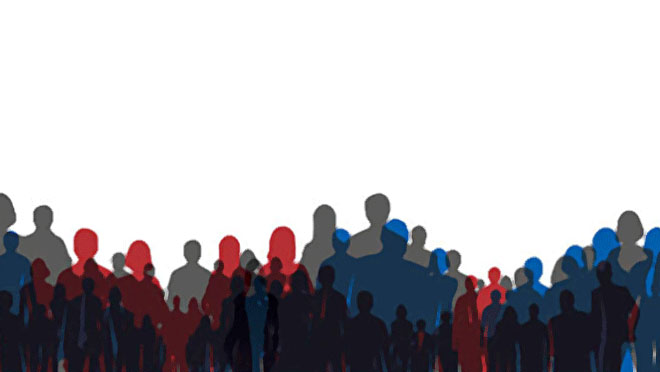What to know
Social networks seem to play a role together with culture, economics, and other factors, that is important for both individuals and communities.

Section Overview
Social networks can play a key factor for the health of a community. On one hand, they can provide social support that helps protect against stressors that harm health. However, social networks can also have negative effects on health. Social networks, along with culture, economics, and other factors, play a crucial role for individuals and communities.
Examples
- Researchers studied obesity within a network of people over time. They found that was a "spread" among those connected to each other
- In New York City, outreach programs for breast and cervical cancer were tailored based on cultural perspectives and the influence of social networks
A critical first step in engaging communities is identifying networks, such as faith communities, to improve community health collectively.
Tip From the Literature
References
Arthur T. The role of social networks: a novel hypothesis to explain the phenomenon of racial disparity in kidney transplantation. American Journal of Kidney Diseases 2002;40(4):678-681.
Cattell V. Poor people, poor places, and poor health: the mediating role of social networks and social capital. Social Science and Medicine 2001;52:1501-1516.
Christakis NA, Fowler JH. The spread of obesity in a large social network over 32 years. New England Journal of Medicine 2007;357(4):370-379.
Cohen-Cole E, Fletcher JM. Detecting implausible social network effects in acne, height, and headaches: longitudinal analysis. BMJ 2008;337: a2533.'
Erwin DO, Johnson, VA, Trevino M, Duke K, Feliciano L, Jandorf L. A comparison of African American and Latina social networks as indicators for culturally tailoring a breast and cervical cancer education intervention. Cancer 2007;109(2 Suppl): 368-377.
House JS, Umberson D, Landis K. Structures and processes of social support. Annual Review of Sociology 1998; 14:293-318.
Pachucki M, Breiger, R. Cultural holes: beyond relationality in social networks and culture. Annual Review of Sociology 2010; 36:205-224.
Putnam RD. Bowling alone: America's declining social capital. Journal of Democracy 1995;6(1):65-78.
Wasserman S, Faust K. Social network analysis: methods and applications. Cambridge, United Kingdom: Cambridge University; 1994.
Zilberberg MD. The clinical research enterprise: time to change course? JAMA 2011;305(6):604-605.

